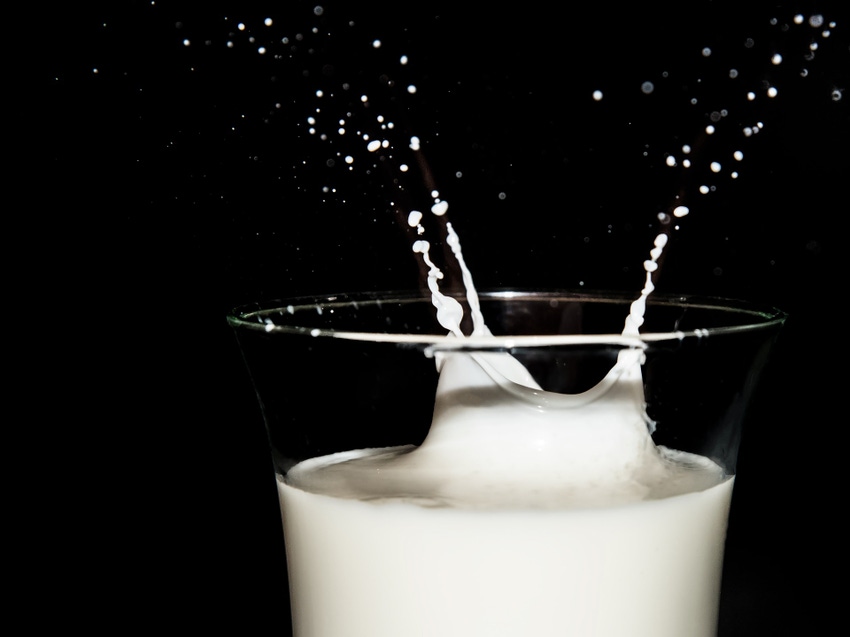Innovation giving dairy sector a leg up in battle for consumer sales.

Plant-based foods and beverages appear to be all the rage right now, but lactose-free milk sales in 2019 actually grew twice as fast as plant-based beverages, according to the National Milk Producers Federation (NMPF). In fact, NMPF said lactose-free milk is poised to surpass almond beverage sales in 2020.
Given the hyperbole about dairy’s decline and the rise of plant-based beverages, the group sought to answer how this could be the case. NMPF explained, “Contrary to some portrayals, the dairy sector is full of innovation, and lactose free is a prime example of how dairy is addressing per capita drops in fluid-milk consumption.”
Dairy categories with increasing sales -- including whole milk, lactose-free milk and flavored varieties -- are providing plenty of reason for optimism about the future of milk, NMPF added.
Plant-based food companies, on the other hand, are “innovating” by figuring out which nut or seed to run through the grinder next, the organization noted, adding that some plant-based beverage sales are indeed growing, and some quickly, “but they’re growing from a tiny base.”
Breaking it down further, NMPF explained that almonds drive the plant-based beverage category, with about three-quarters of sales. Almond beverage sales are growing, but not as fast as lactose-free milk. “Among plant-based beverages that aren’t almonds, soy is number two, but soy is declining; in 2018, [it declined] by more than 13%, from $248 million to $215 million -- a percentage drop much greater than any sales decline in dairy,” the group said.
According to NMPF, oat-based beverages posted an eye-popping 872% rise in 2019. However, it said this rate will be impossible to sustain given the product's incredibly small base. Oat-based beverage sales rose from $7 million in 2018 to $68 million in 2019.
Meanwhile, Americans bought $13.88 billion of milk in 2019, down from just $13.93 billion the year before.
So, why does the narrative that plant-based products are rising as dairy declines even exist? NMPF said it’s because upstarts need to cast themselves as innovators, “even as their ‘innovations’ use a lot of water and offer questionable nutrition.”
Further, NMPF said many of them pay slotting fees to enter the dairy case and call themselves “milk” -- a category in which, nutritionally, they don’t belong -- “and they do that because the [Food & Drug Administration] lets them, which, given the FDA’s own labeling rules, they shouldn’t.”
NMPF continued, “New and small versus old and big is an ancient narrative, but miscast narratives, however easy to repeat, impede accuracy and, in this case, public health, too. The growth of categories like lactose-free milk, greater innovation within dairy, contrasted with the growth-to-plateau-to-decline of some plant-based products (cashews, rice, hemp and hazelnuts all saw sales drop last year) are all fresh, under-covered narratives.”
About the Author(s)
You May Also Like




.png?width=300&auto=webp&quality=80&disable=upscale)
